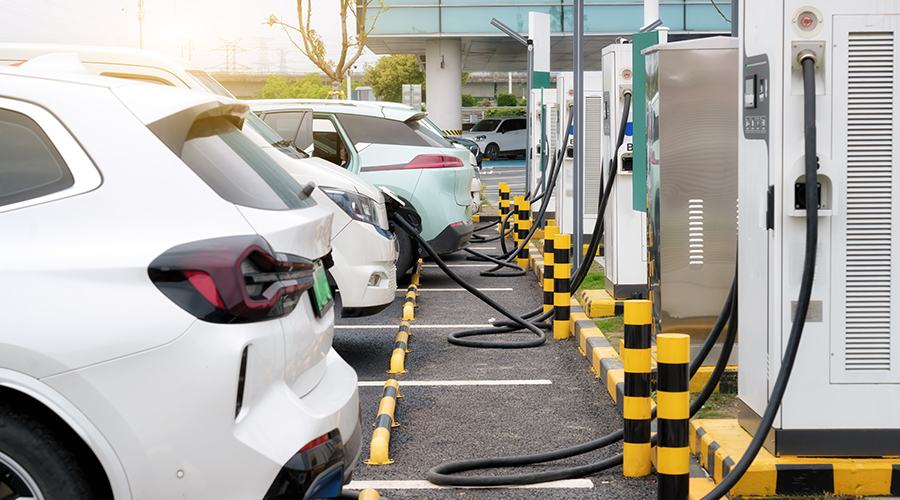
NEMA Standard Targets Bidirectional Charging for EVs
Standard defines technical parameters to allow EV owners to use their vehicles as mobile energy storage units and sell excess energy back to the grid. April 1, 2025
By Dan Hounsell, Senior Editor
Electric vehicles (EV) and their accompanying charging stations are becoming more common sites around institutional and commercial facilities. At the same time, building owners and managers are looking more closely at energy storage options to curtail utility costs. Now, a national association has issued a standard that addresses the scenario where those two trends are meeting.
NEMA recently published its Electric Vehicle Supply Equipment (EVSE) Power Export Permitting Standard,?defining the technical parameters to allow electric vehicle owners to use their vehicles as mobile energy storage units and sell excess energy back to the grid. The standard outlines characteristics for equipment to enable two-way, or bidirectional charging, as opposed to the traditional one-way flow of electricity to the vehicle, effectively allowing electric vehicles to transfer power back to the grid.? ?
The standard defines characteristics in key domains, electrical, communications, and cybersecurity, for permitting of power export between EVSE and an electric power system. With bidirectional, or vehicle to grid and vehicle to building/home technology, EVs act as energy storage devices on wheels, or mobile energy storage units to power homes, buildings, and the grid itself.
The standard also could put money back in electric vehicle owners’ pockets by making it easier for cars to store energy at night or when turned off and then sell power back to grids at a profit during peak hours.
Dan Hounsell is senior editor for the facilities market. He has more than 30 years of experience writing about facilities maintenance, engineering and management.?
Next
Read next on FacilitiesNet












